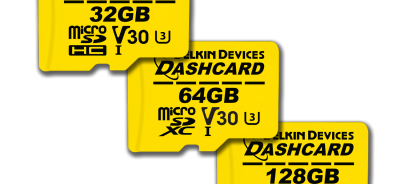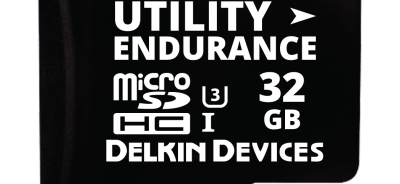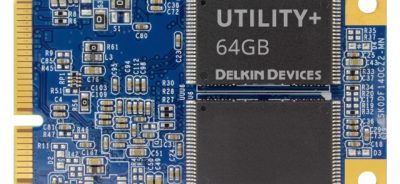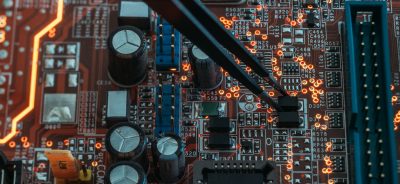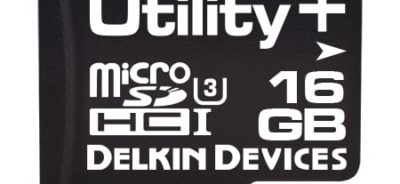Understanding Embedded Flash Memory Design
 Embedded flash memory is the key to operations for a laundry list of devices, applications, as well as complex and sensitive industrial systems. Embedded memory design has changed over the years from relying on mechanical disks to utilizing electronically programmed flash memory. These changes have allowed embedded memory design to achieve significant advances in terms of reliability, capacity, and power. At the same time, embedded memory has decreased in size to accommodate the push for small devices. Here is a closer look at modern embedded memory design.
Embedded flash memory is the key to operations for a laundry list of devices, applications, as well as complex and sensitive industrial systems. Embedded memory design has changed over the years from relying on mechanical disks to utilizing electronically programmed flash memory. These changes have allowed embedded memory design to achieve significant advances in terms of reliability, capacity, and power. At the same time, embedded memory has decreased in size to accommodate the push for small devices. Here is a closer look at modern embedded memory design.
Embedded Memory Design Basics
Flash memory is a form of non-volatile storage. Non-volatile storage is also sometimes called persistent storage, meaning that the information that is stored is intended to be saved long-term, as opposed to volatile, or temporary, storage. Though there are removable forms of flash memory, such as flash USB memory, many types of flash memory are embedded, or soldered to the board inside a device.
Embedded flash memory replaces hard disk drive (HDD) memory and has become the preferred form of embedded memory. The most significant reason flash memory has become so popular is that it doesn’t have any moving parts. HDD storage has a disk that must spin to record data, which makes it vulnerable to malfunction, especially in rugged conditions. Flash memory avoids this problem, thus boosting reliability.
Grades of Embedded Flash Memory
The potential of flash memory became clear and as flash memory designs developed and advanced. Today, flash memory is available in different grades and sizes. The amount of data stored on each cell of the flash memory is the main differentiator. The more bits of data that are stored per cell, the higher the risk of data loss.
Triple-level cell, or TLC, flash memory is primarily used in the consumer market. With this kind of flash, three or more bits of data are stored per cell. For the industrial market, MLC and SLC storage are used most frequently. With MLC, or multi-level cell, flash memory, two bits of data are stored per cell. Single-level cell, or SLC, flash memory stores one bit of data per cell. In addition, MLC and SLC flash usually have extended temperature ranges and a higher level of tolerance for shock and vibration. These factors make MLC and SLC memory powerful enough to work in rugged, industrial operating systems.
Embedded Flash Memory Design Features
There are multiple form factors of embedded memory available for industrial users, including solid state drives (SSDs) and mSATA interfaces in a variety of sizes. Overall, embedded flash memory is small in size, which allows for easy integration into today’s increasingly compact devices.
At Delkin, we work with each customer to find the right embedded memory design for their devices and operational needs. We can help you find the best fit for the way you work and for your budget. Talk to one of our team members today about your need for industrial embedded memory to learn how we can help.
ORDER DELKIN INDUSTRIAL FLASH STORAGE TODAY through our distribution partner Newark.
For Europe Contact Our Partner Farnell
 Login
Login Register
Register


